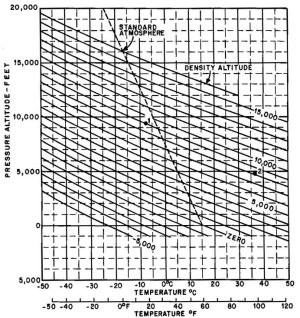liv2day
Platinum Level Site Supporter
Hoping to get some input. I read through the sticky as well as several threads on premix ratios and the spooge issue some have experienced with the Q-Stealth pipe (which I am).
Let me preface this with being relatively new to the jetting stuff. It took me a while to get it sorted on my KTM 300 and I haven't started messing with it on the GG yet.
The reason I haven't messed with the jetting is the throttle response is spot on for me. However, it does have a lot of drool coming from the Q-Stealth. I read that many have had issues with the Q and blame the pipe, but I'm wondering if changing my ratio might alleviate this.
I'm running Amsoil Interceptor at 50:1; ran the same thing on my 300 and had some drool issues early on (also running the Q), but it stopped.
I know there are lots of opinions on premix ratios, but I'd like to know if there are any potential hazards from changing. The majority of my riding is tight and technical - not much high speed. I rev the engine out, but it also spends a fair amount of time lugging.
Thanks
Let me preface this with being relatively new to the jetting stuff. It took me a while to get it sorted on my KTM 300 and I haven't started messing with it on the GG yet.
The reason I haven't messed with the jetting is the throttle response is spot on for me. However, it does have a lot of drool coming from the Q-Stealth. I read that many have had issues with the Q and blame the pipe, but I'm wondering if changing my ratio might alleviate this.
I'm running Amsoil Interceptor at 50:1; ran the same thing on my 300 and had some drool issues early on (also running the Q), but it stopped.
I know there are lots of opinions on premix ratios, but I'd like to know if there are any potential hazards from changing. The majority of my riding is tight and technical - not much high speed. I rev the engine out, but it also spends a fair amount of time lugging.
Thanks

